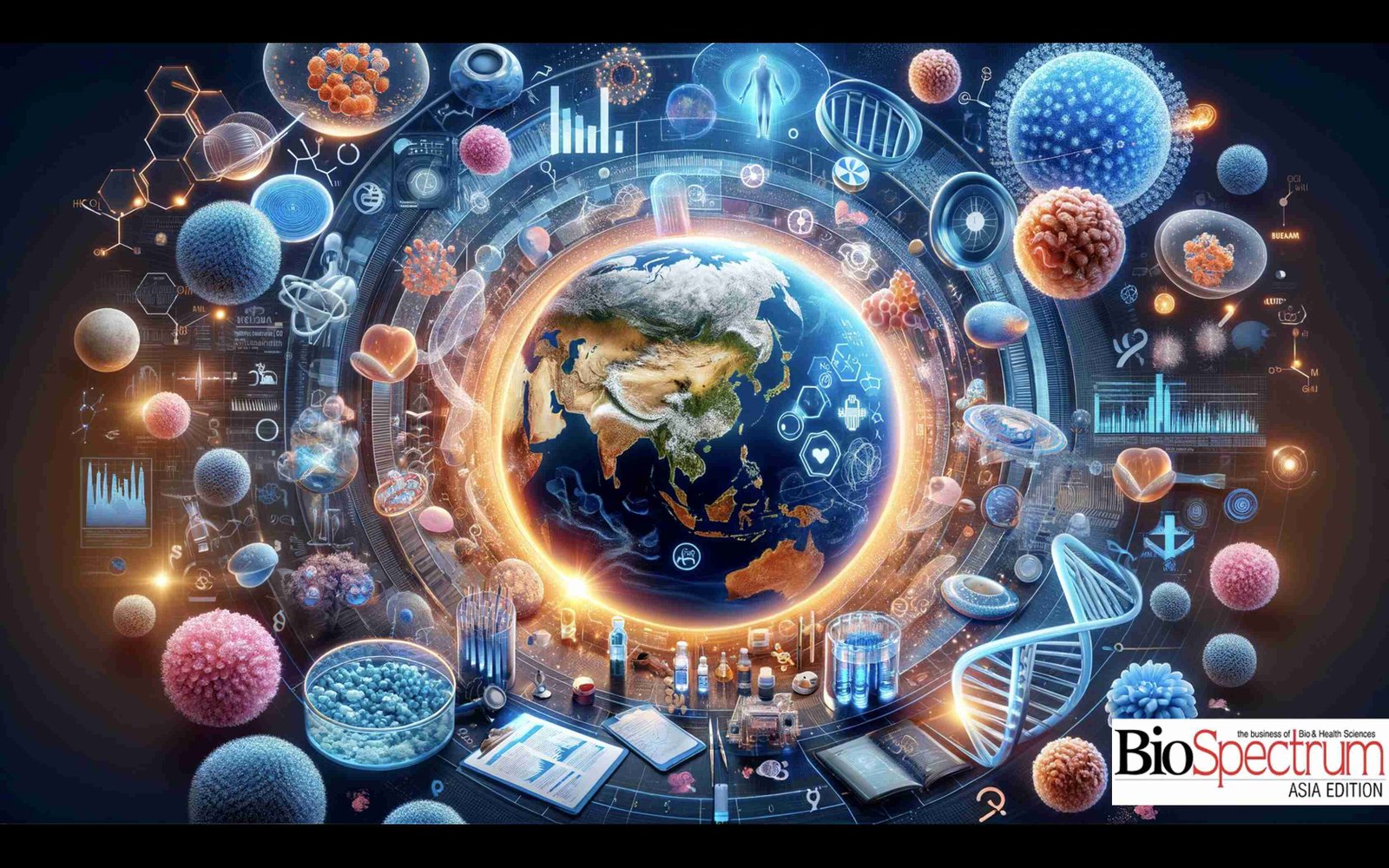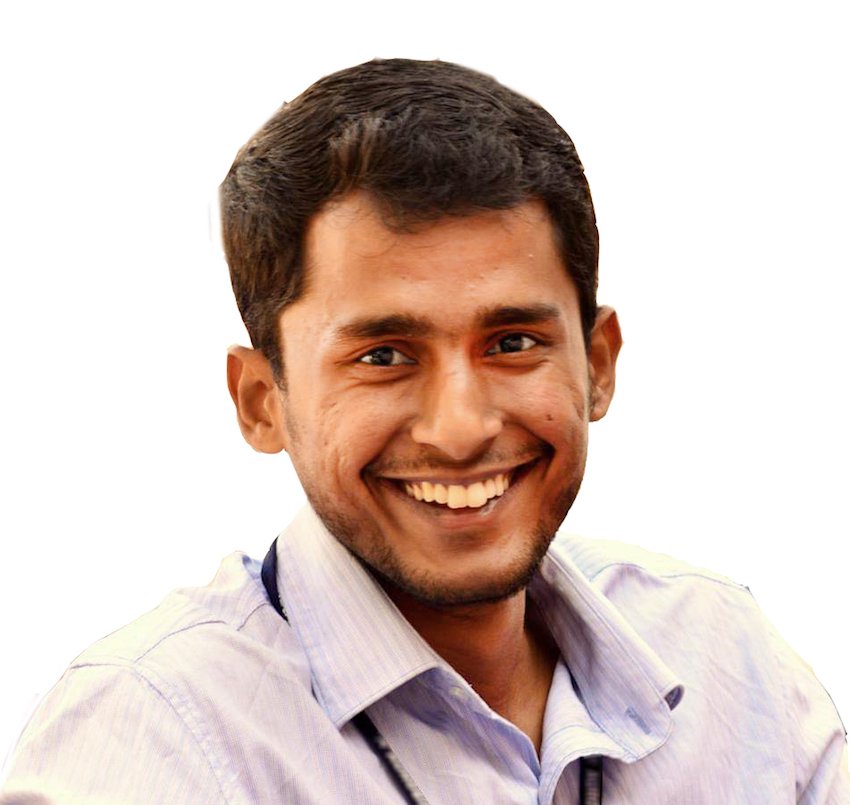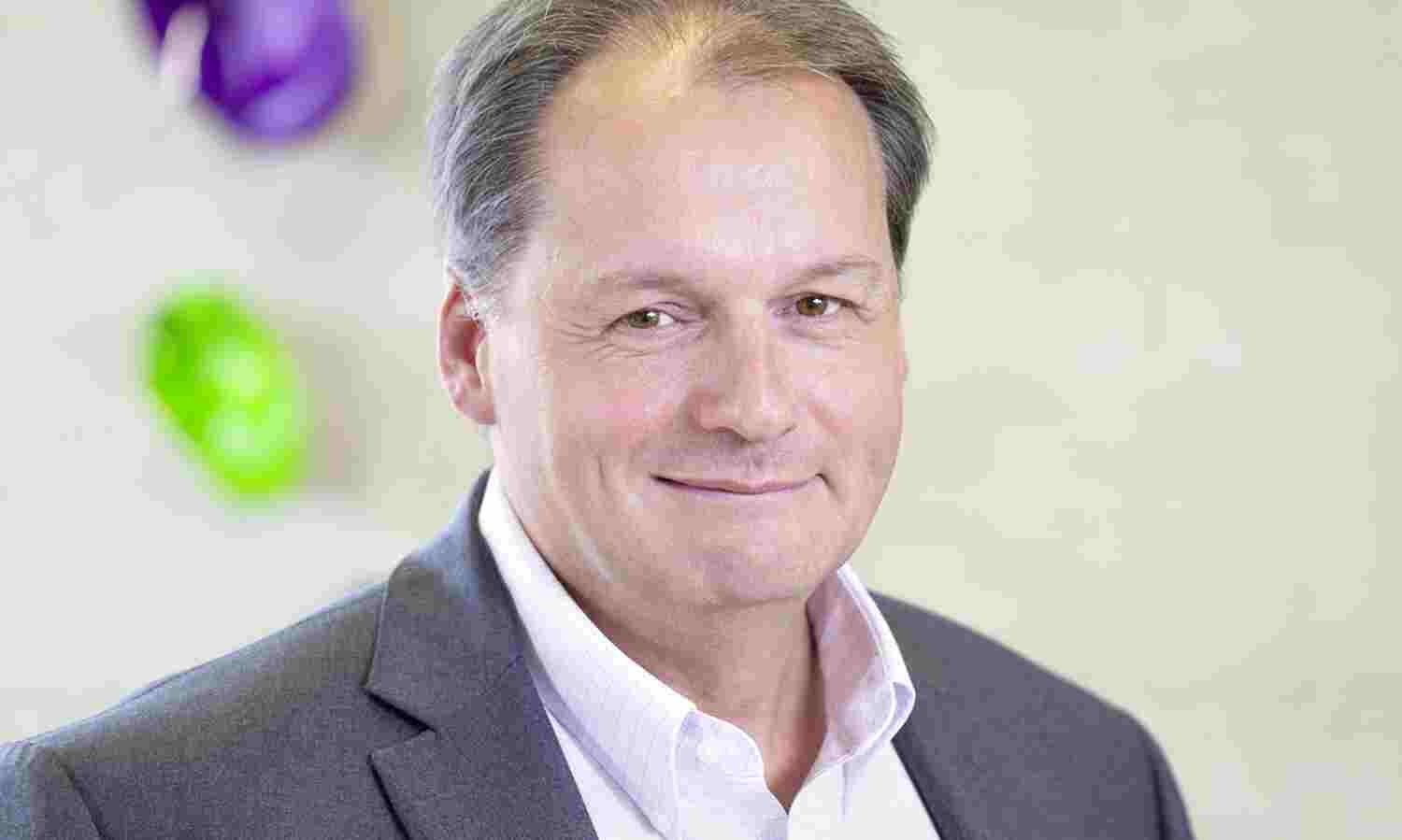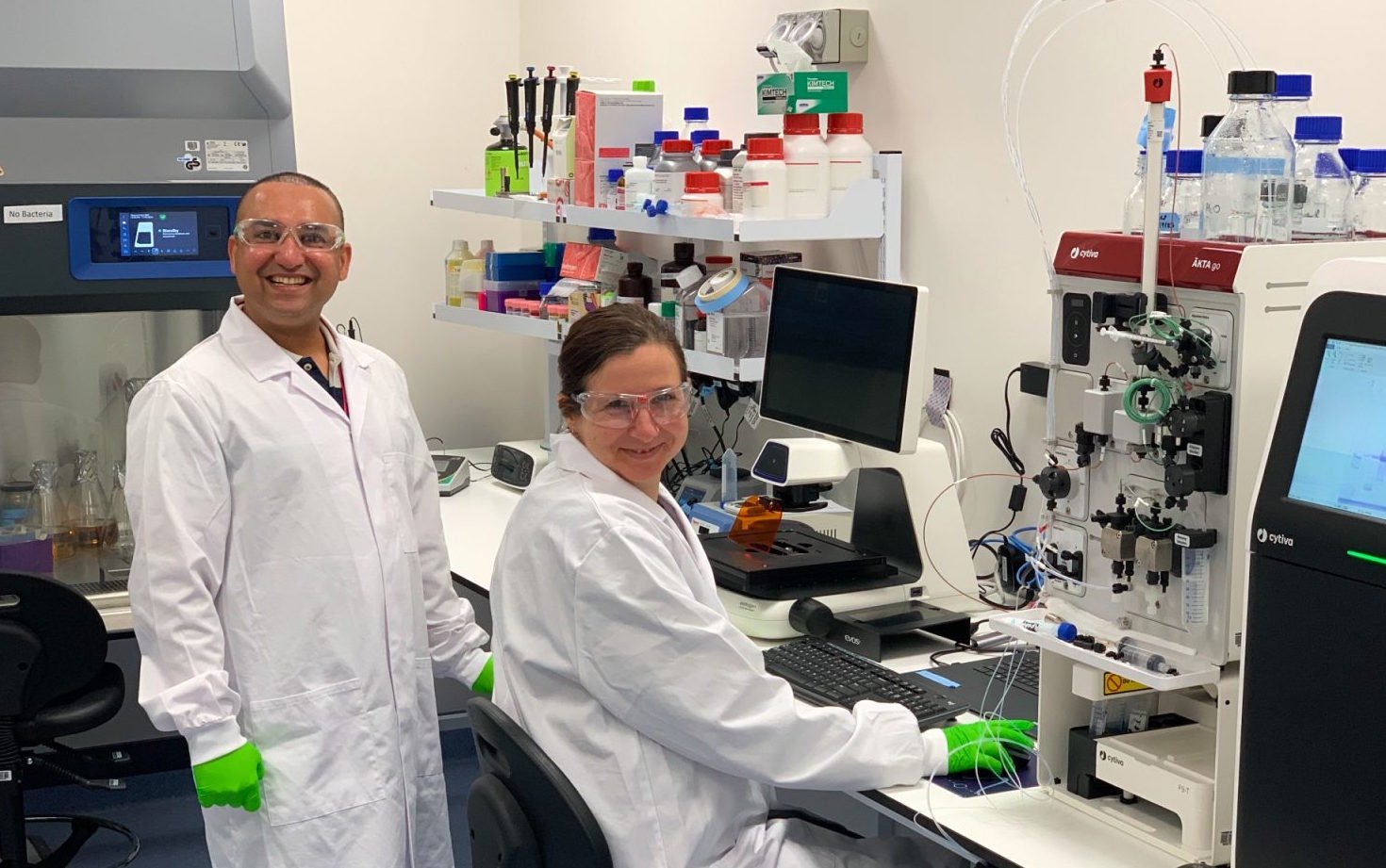Japan, Korea lead in stem cell race
12 November 2012 | Opinion | By Nandita Singh
In South Korea, two research teams led by Prof. Park Se-pill at Jeju National University Stem Cell Research Center and Mirae Biotech used non-viral vectors of nanoparticles and liposomal magnetofection to generate induced pluripotent stem cells (iPS). This finding was published in PLOS One, a peer-reviewed scientific journal.
This new non-viral method improves efficiency and shortens the iPS cell production time. It builds on the basic research by Dr Shinya Yamanaka, who bagged the 2012 Nobel Prize for Medicine. Dr Yamanaka first created iPS cells in 2006, by delivering genes into a lab mouse through viral vectors.
Reprogramming adult cells to an embryo-like state has been the turning point in stem cell research. However, it has also resulted in a mad rush for stem cell therapies for neurodegenerative diseases and aesthetic procedures. There are many providers claiming to offer such cures. This rush is alarming, to say the least. The fact is that many, many clinical studies are required to establish stem cell cures as standard therapy, but still there are patients and caregivers who are going ahead and opting for such experimental, unregulated treatments. Most of the Asian countries, including countries such as China and Indonesia have issued cautionary public advisories advising public against falling prey to the hype of miraculous stem cell cure. Even Dr Yamanaka soon after winning the Nobel cautioned one-and-all to watch out for this premature rush for stem cell therapies, while at the same time pledging to dedicate his future work life in bringing the research to therapeutic use.
South Korean scientist Prof Park Se-pill with his non-viral method of producing iPS cell has already taken Yamanaka's work further ahead in that direction. And with this, competition between Japan and Korea is also getting hotter. The race is on for the status of stem cell research and therapy hub in the region. Both these geographies are the leading ones in stem cell science, in Asia.
Recently, the Japanese government has pledged almost $400 million (30 billion Yen) over the next 10 years for stem cell research. South Korea, a later starter, has also bounded back after Hwang-Woo-Suk scandal. While the disgraced scientist is trying to reclaim lost honor by collaborating with Russian scientists to clone the now extinct woolly mammoth not all scientists in Korea are onto vanity projects such as this. Many are grappling with debilitating neuro-degenerative diseases.
Most recently, a team led by Prof Suh Yoo-hun at Seoul National University and Ra Jeong-chan, head of RNL Stem Cell Research Institute have experienced some early successes in developing a stem cell therapy for Alzheimer's. This team is working with fat-derived stem cells and is aiming to bring out this therapy by 2016. Besides, the government is Korea is extending great support at the policy and the infrastructure level. In my earlier column, I had mentioned about the "stem cell bill" that is coming up in Korea. In October, the country launched its National Stem Cell Bank, a first of its kind initiative that will manage domestic stem cell lines and collaborate with overseas researchers for the same. This bank will come into existence by 2015.
Both countries are moving with speed and in the process taking us closer to stem cells cures and pooling in all the knowledge that is there on stem cell so far. It's time to cheer for Japan and South Korea both!!












